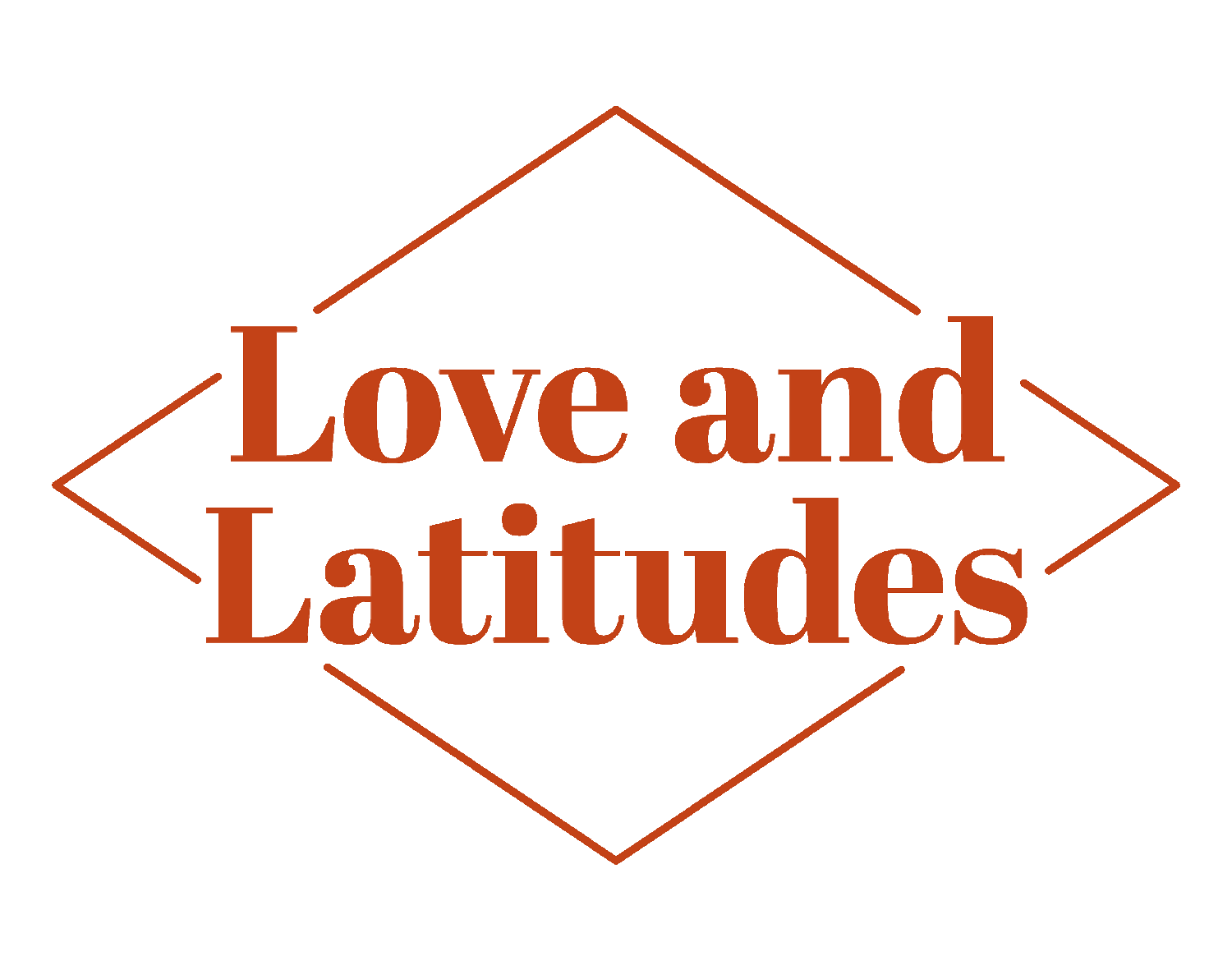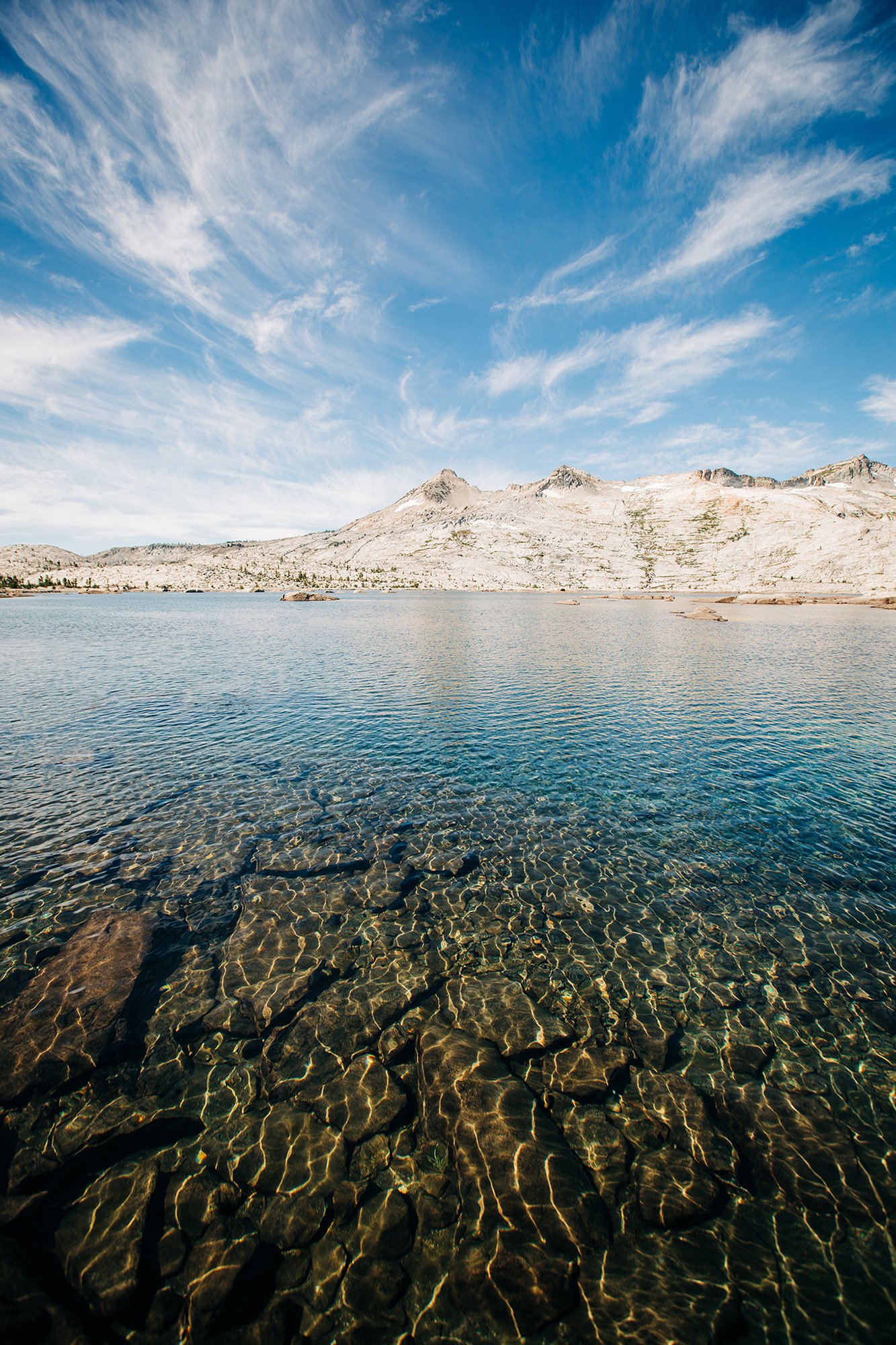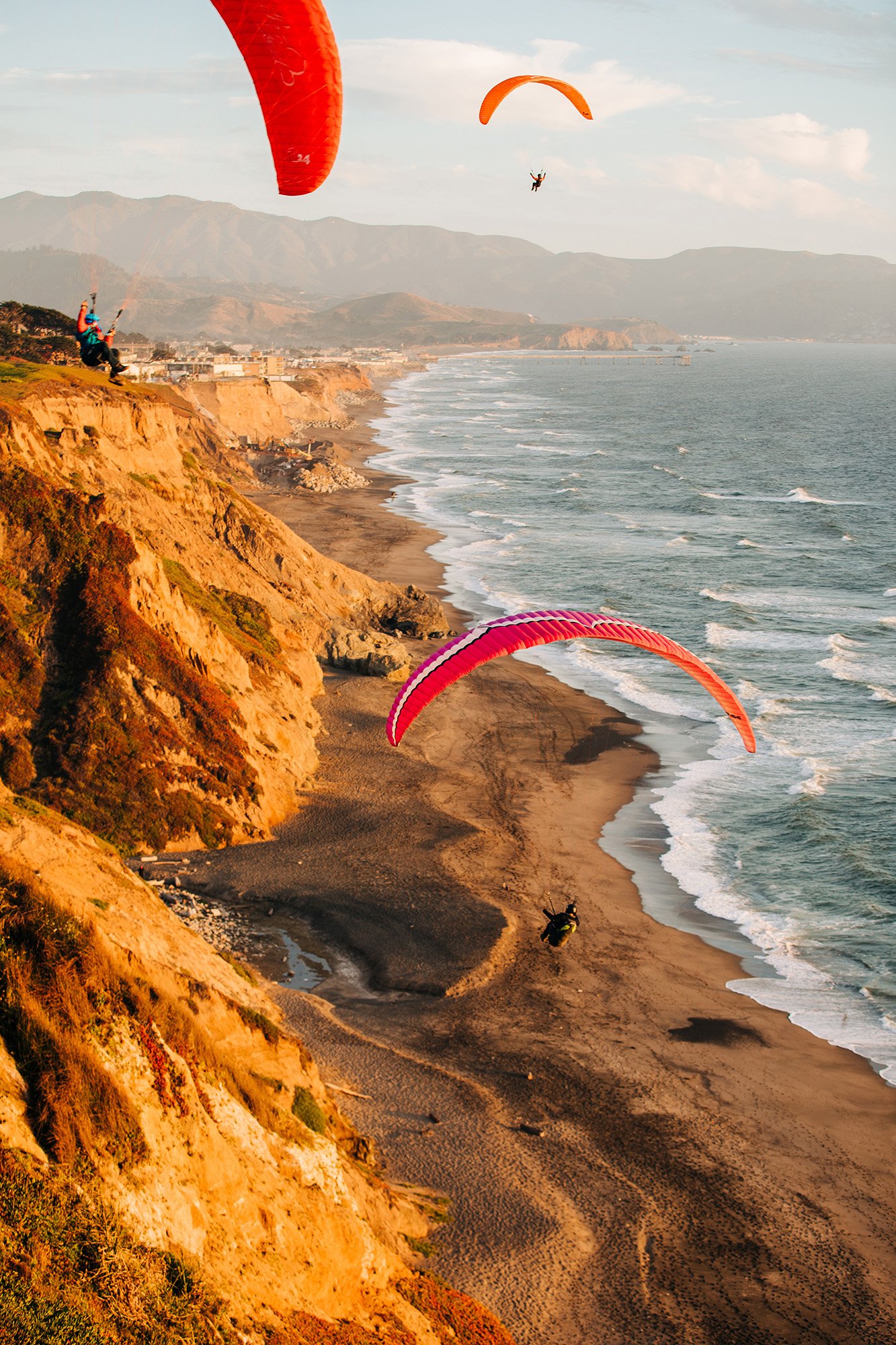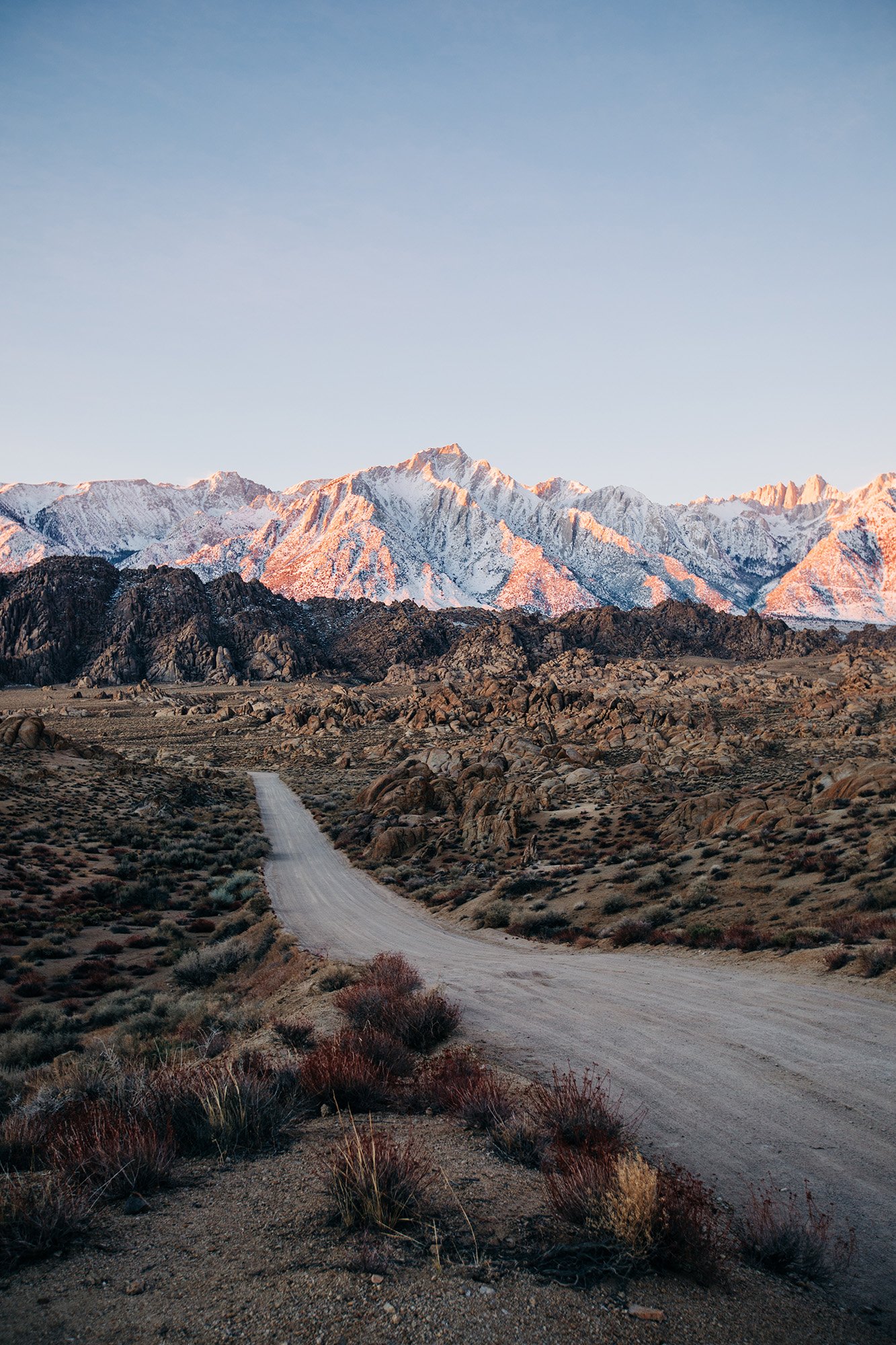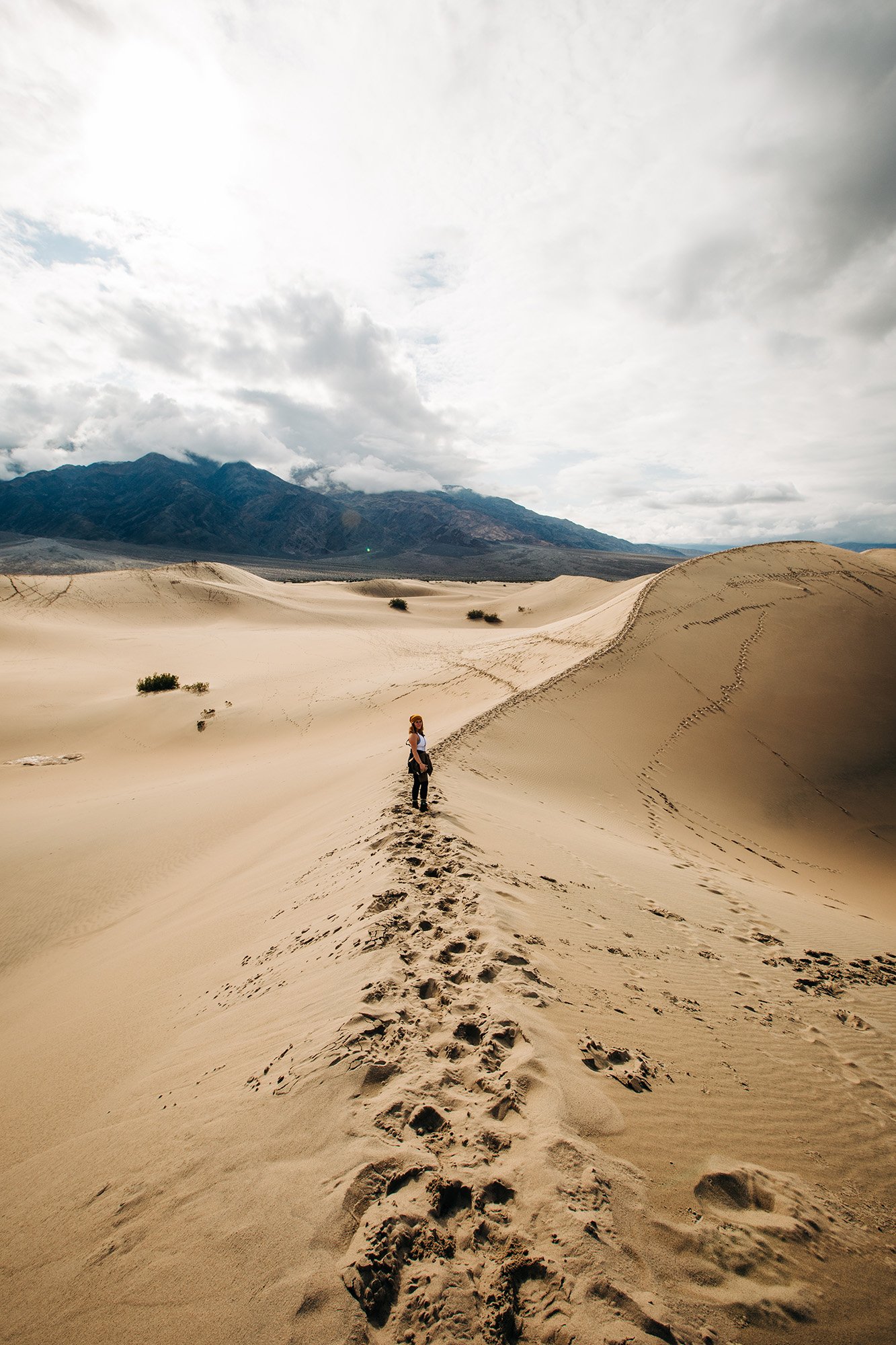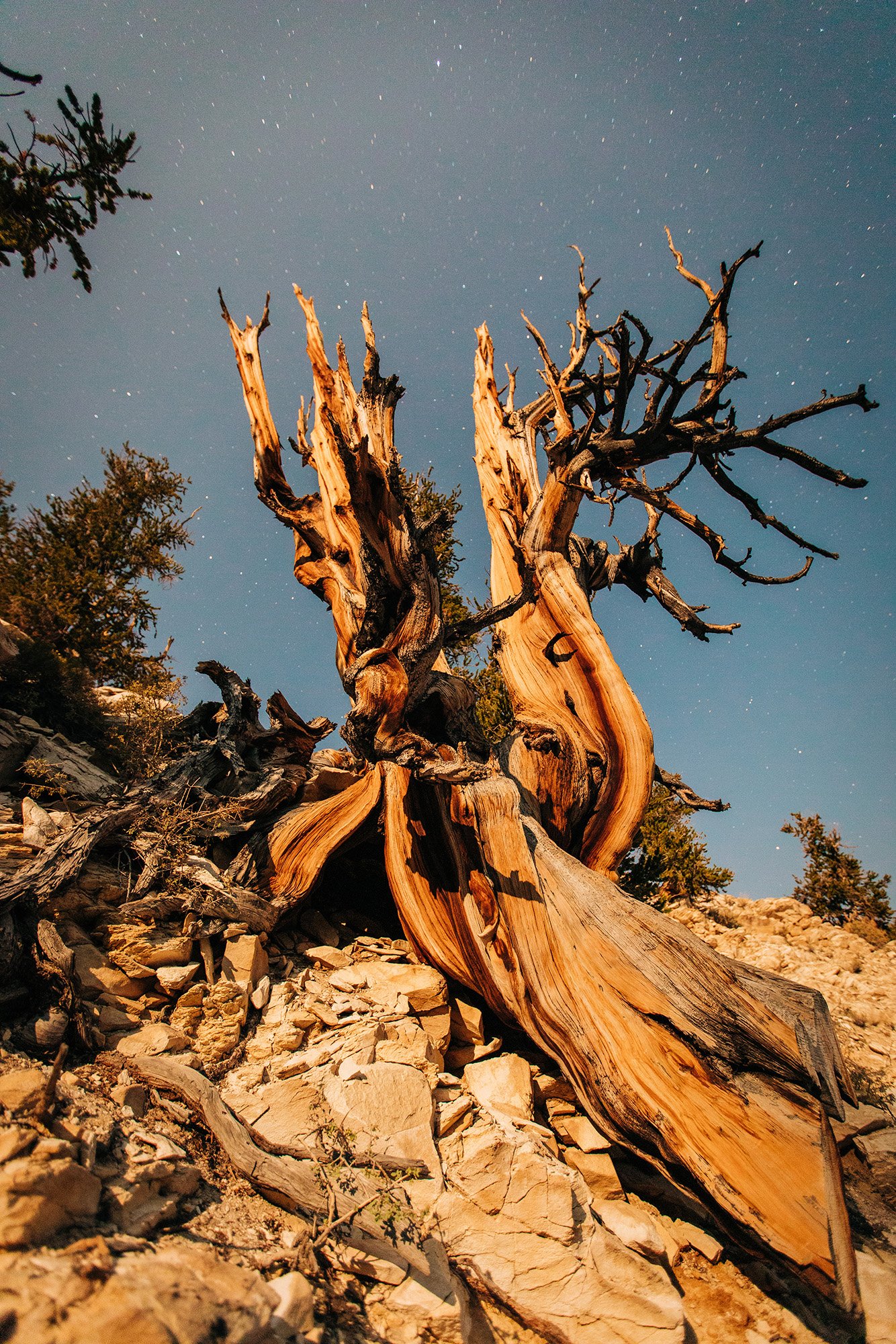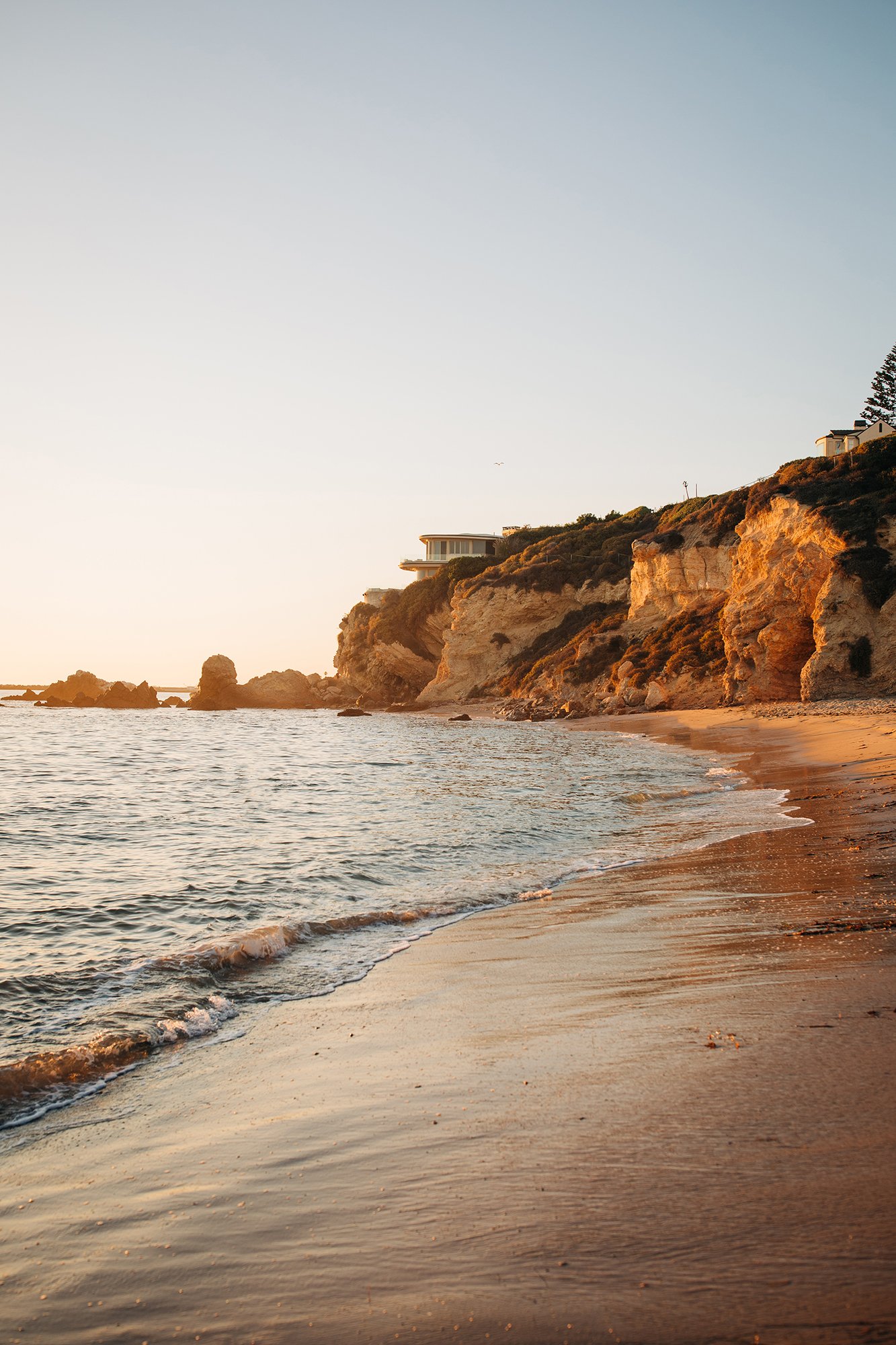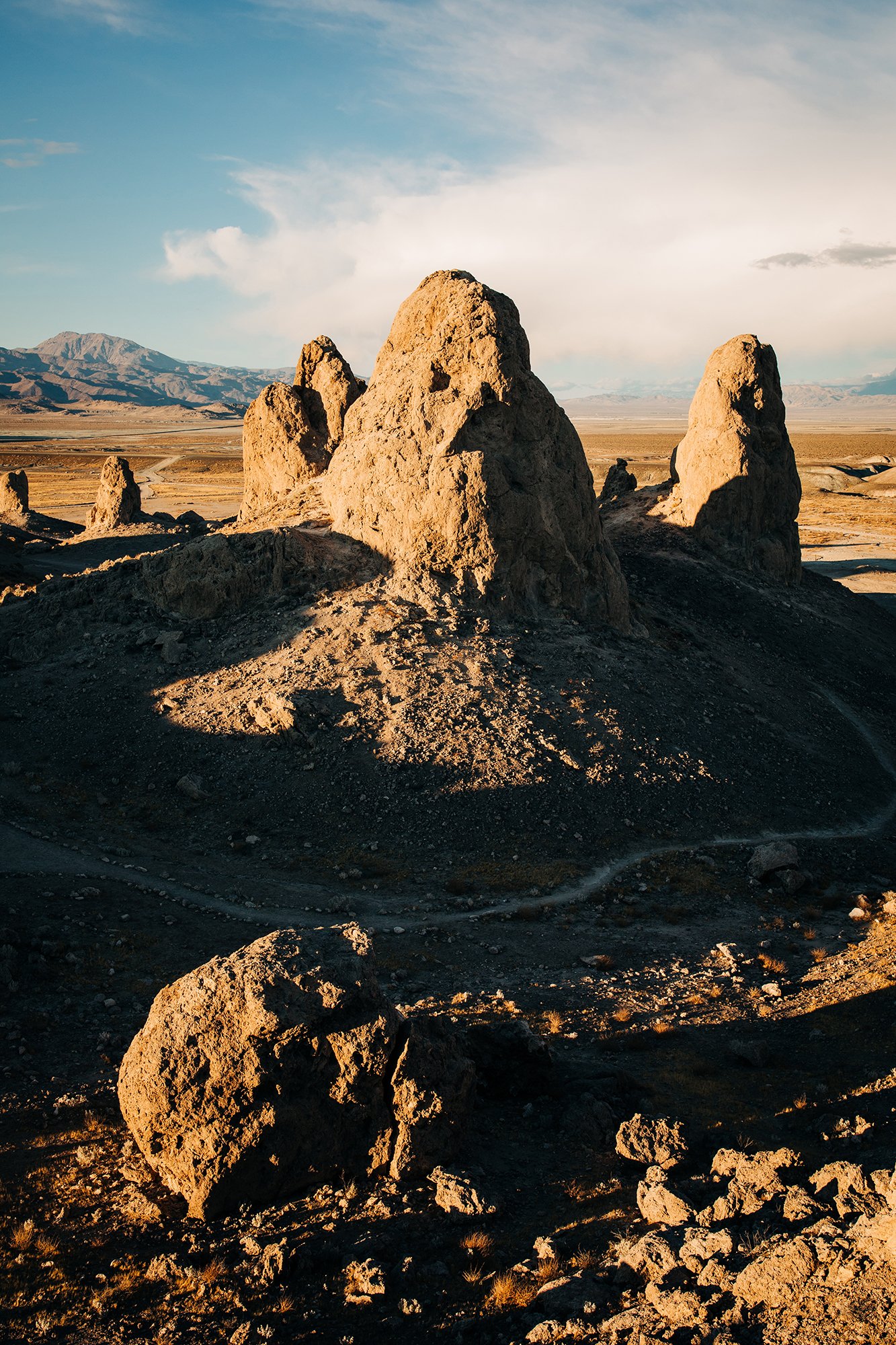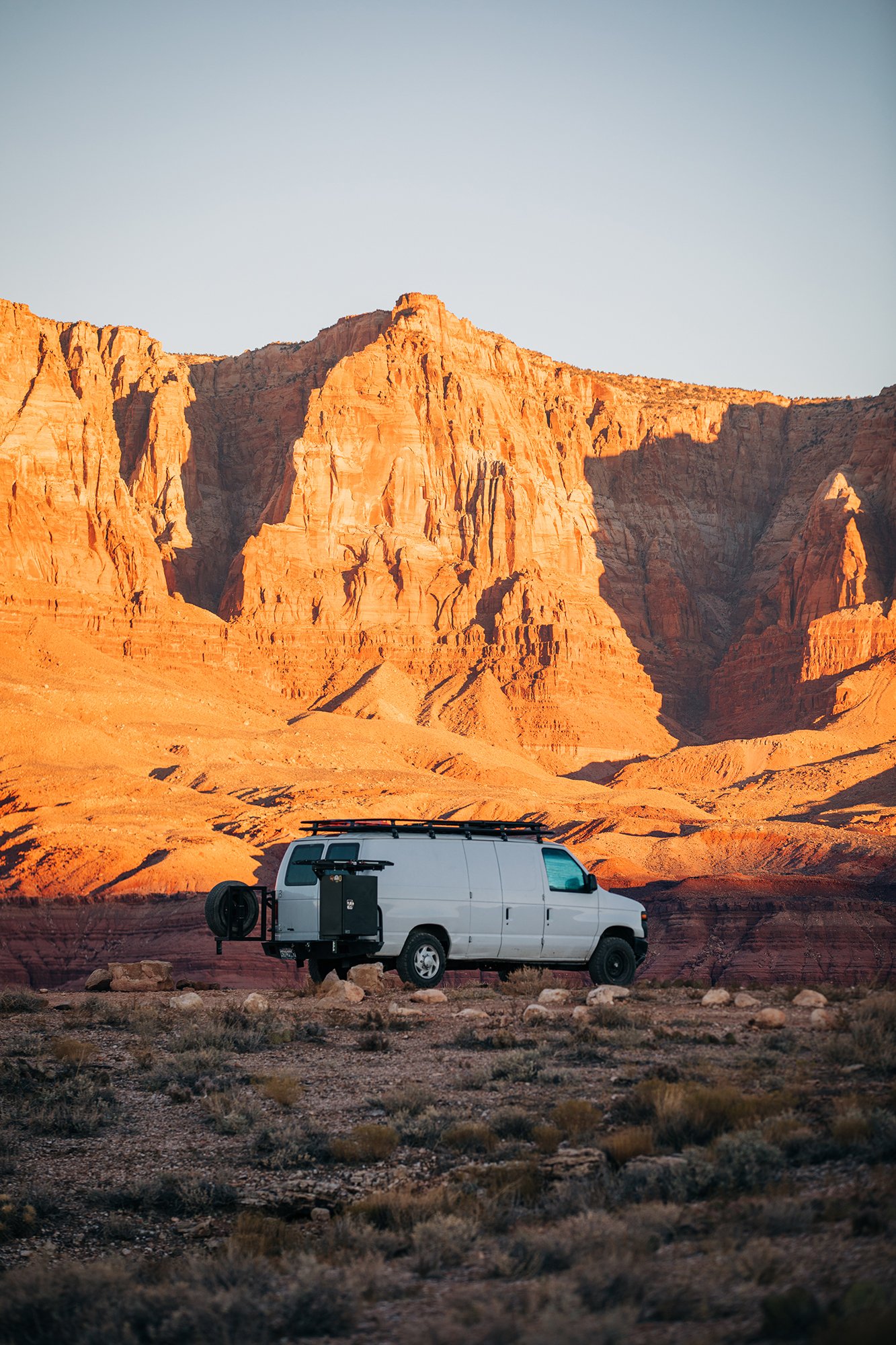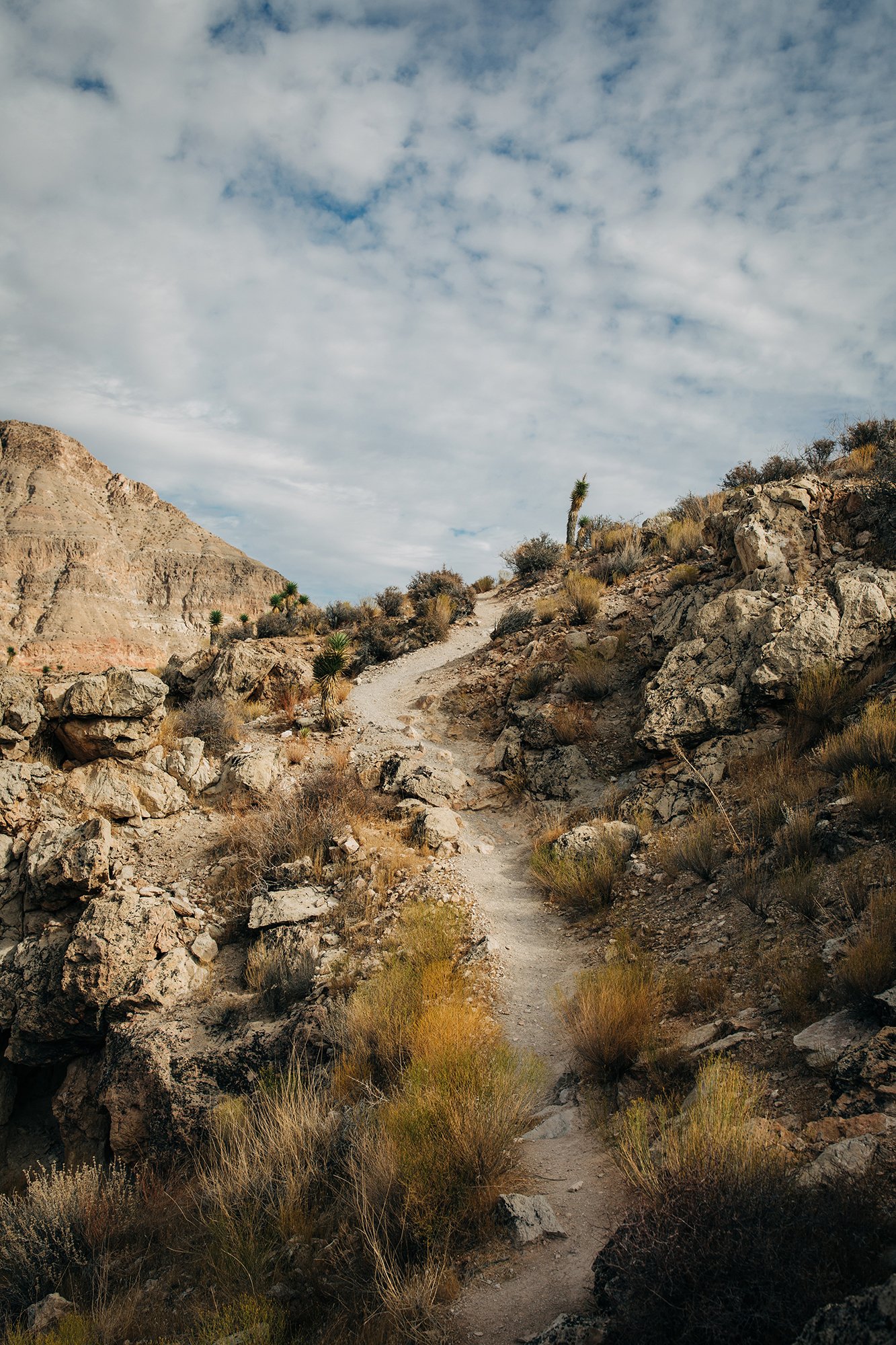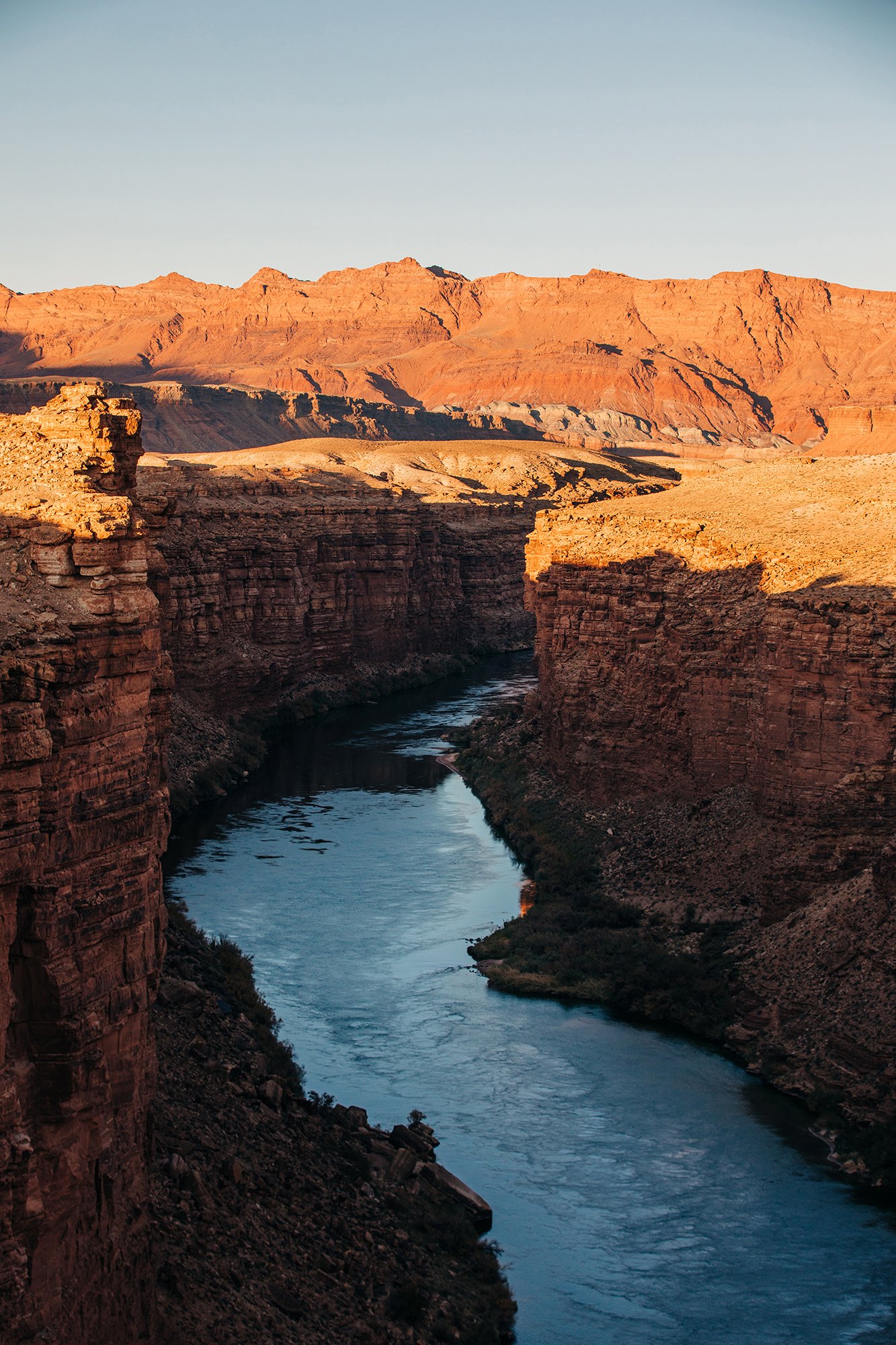Adventures Are What You Work For
Like any adventure photographer, I spend hours planning trips. I just can’t help it—nor would I want to. It’s so exciting to lay a path through some of the most beautiful areas in the American Southwest.
If you’re like me, it’s about finding balance. Yes, you want to hit a few of the landmarks like El Capitan in Yosemite or the Golden Gate Bridge in San Francisco. But even more rewarding is discovering the little places along the way that feel secluded and special. Places where large tour busses and family caravans simply miss.
I, like a lot of other photographers, share these images on our social media profiles. And inevitably I get asked where it is and how to get there.
I’ll admit this frustrates me for a few reasons:
First, this is something I spent hours doing—poring over Google Maps inch by inch, talking to locals in the area, driving miles and miles down dirt roads just hoping to find something unique. I feel a bit slighted by these casual requests for destinations from people who haven’t shared in my journeys. I don’t want to gatekeep - I realize that I don’t own the outdoors just because I work to get out there. And I acknowledge the privilege I have to travel and research in the way I do. But I do believe in working hard to find these beautiful places.
Second, a lot of times you can just Google a few keywords and find what you need. In the age of the Internet, very few things are hidden anymore.
Third—and this is the big one—I suspect that people who simply want this information to fall into their laps, fail to respect the areas they’re seeking out. We’ve all done it, we’ve all missed a major tenet of Leave No Trace and have made a mistake in how we treat the outdoors. But the more research you do in searching for locations, the more information you’ll find about how best to preserve these beautiful areas.
When I am exploring these adventure trips online or in-person, I put myself in the way of information. I don’t just find new places, I learn about the history and geography of the area. I learn about the delicate ecosystem and the environmental cost of trampling or plucking flowers. I learn the best areas to camp in a way that doesn’t disturb the wildlife or vegetation.
In other words, in the process of finding a location, I learned to respect that location.
When these locations are freely given, people miss a lot of that vitally important information. It’s one of the reasons why we’ve seen a surge in poor environmental practices as people look for their next Instagram shoot or TikTok video.
Nature is not your prop or your studio. It is a living, breathing organism that we are lucky to be a part of. It is something that we need to respect if we expect it to remain beautiful. And as an elopement photographer, I feel it’s my duty to carry out my job in a way that’s completely respectful to the land.
Adventures are fun, but they require preparation and responsibility. The more work you put into it, the more enjoyment you reap from it and the more you respect it.
So, in an effort to impress good “leave no trace” (LNT) practices for photographers and adventures, here’s a few valuable resources:
How to Leave No Trace for Wedding and Elopement Photographers
Leave No Trace: What It Means for Your Adventure Wedding or Outdoor Elopement
Donate: Environmental Defense Fund | The Sierra Club | The Nature Conservancy
See you in the wild!
Book your Adventure Couple’s Photoshoot with Love & Latitudes.
*This is a complex, nuanced and ever-changing argument in the outdoor community. Everyone is entitled to their views - as long as we are practicing conservation and preservation. My own views will likely change over time as I learn more about the subject.
